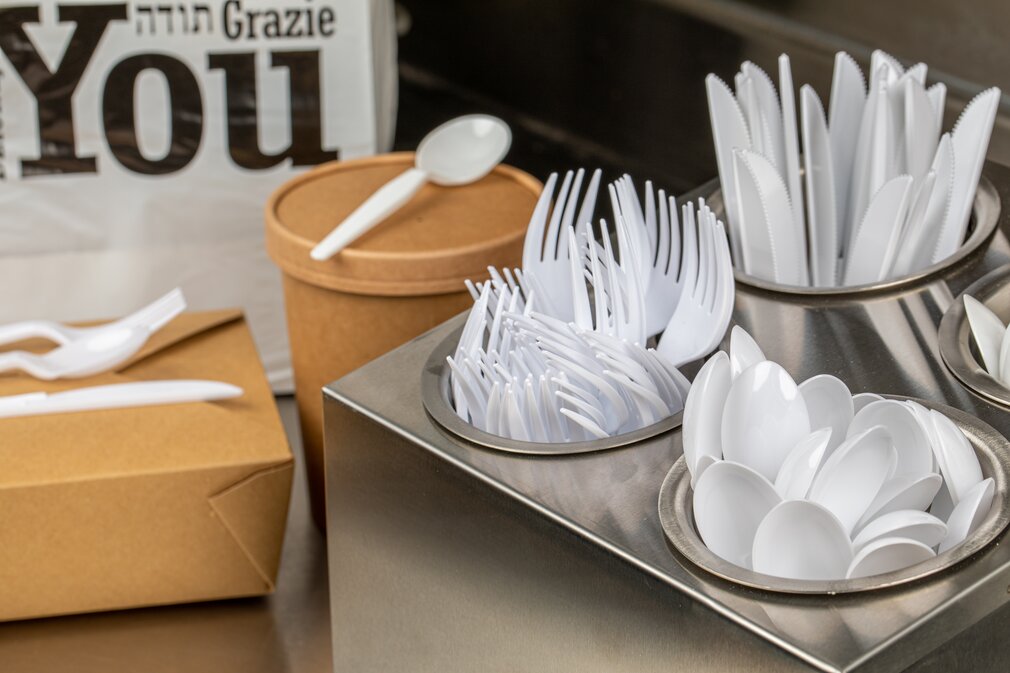
Single-Use Cutlery Material Choices
Polypropylene, polystyrene, wood, bamboo, and PLA comprise ACR's breadth of materials used for disposable cutlery. Each type has pluses and minuses. Durability, economic feasibility, and environmental impact are key selection factors. Here are the main pros and cons to inform your decision.
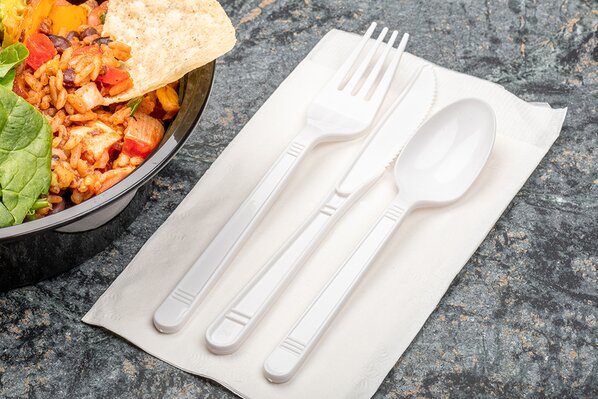
Polypropylene (PP): A balance of flexibility and affordability
“Polypro” is a common thermoplastic for disposable cutlery that is flexible, strong and durable. PP's higher melting point works for hot foods and it's affordable and recyclable. However, polypropylene is petroleum-based, is not biodegradable, and its matte finish may be less appealing compared to glossier / shinier options like polystyrene.
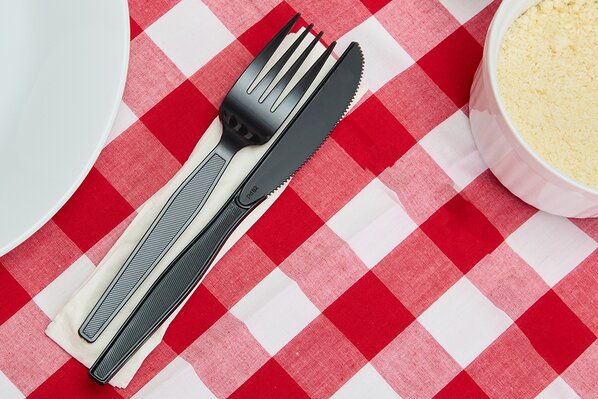
Polystyrene (PS): Strong but Ecologically Concerning
Polystyrene is favored for rigidity and polished finish and tends to give a more robust or substantial feel when compared to polypropylene. Unfortunately, polystyrene has a low melting point, and it too is petroleum-based and non-biodegradable.
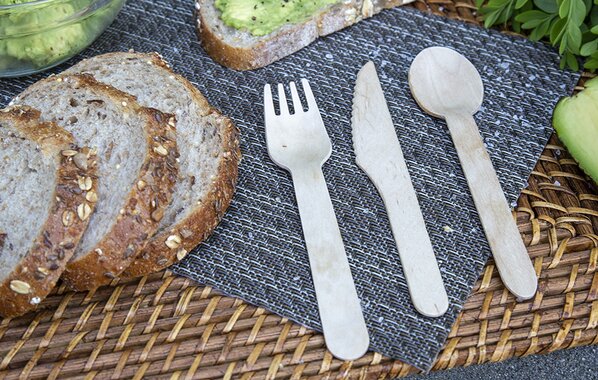
Wood: Ecological but More Expensive and More Coarse
Wooden cutlery is an increasingly popular eco-friendly alternative. Fully biodegradable and compostable and featuring a natural, 'rustic' look. Wood is appropriate for customers with sustainability focuses. However, wood tends to cost more than plastic, and texture may be too rough for some.
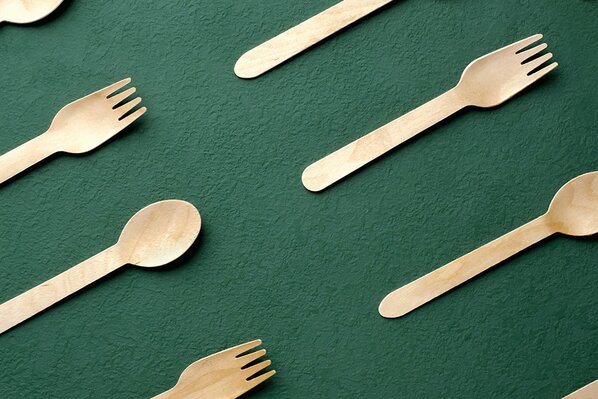
Bamboo: The stylish, sustainable choice
Bamboo shares the eco-friendly features of wood with more strength and durability. Bamboo is very renewable, looks modern and sleek and it's naturally antimicrobial, too. Disadvantages include higher cost and lower availability than plastic alternatives. Bamboo is heat-sensitive and absorbs liquids, less suitable for very hot foods or oily dishes.
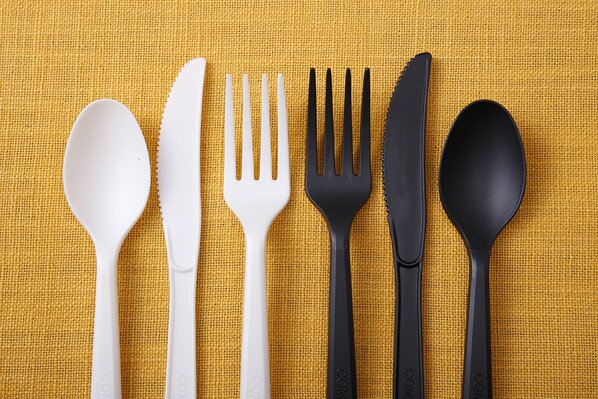
PLA: Compostable Alternative to Plastic
PLA is a non-toxic, biodegradable, compostable alternative to traditional plastics made from renewable resources. Best disposed via industrial composting facilities, PLA is more brittle than traditional plastics and less suited for hot foods. PLA tends to be more expensive.
Cutlery to Suit Every Need—Choosing the Right Type
Each has different benefits and drawbacks; it will be very much dependent on what you need. Cost-effective options are polypropylene and polystyrene. Wood and bamboo are sustainable but expensive, while PLA has an eco-friendly alternative but may entail special ways of disposal. Whether you want to choose durable options, aesthetically pleasing, or eco-friendly alternatives, knowing the differences can help you in arriving at the best option for you and your customers!
Follow Unwrapped!
Follow Unwrapped!
